选择热点
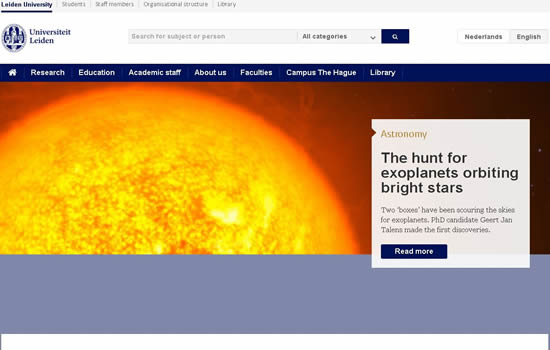 荷兰莱顿大学
荷兰莱顿大学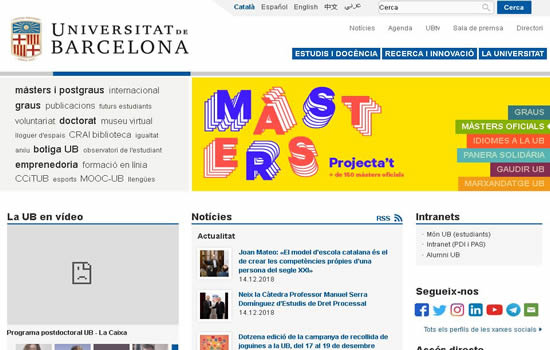 西班牙巴塞罗那大学
西班牙巴塞罗那大学 巴西圣保罗大学 University of Sao Paulo, Brazil
巴西圣保罗大学 University of Sao Paulo, Brazil 台湾南华大学 University of South China in Taiwan
台湾南华大学 University of South China in Taiwan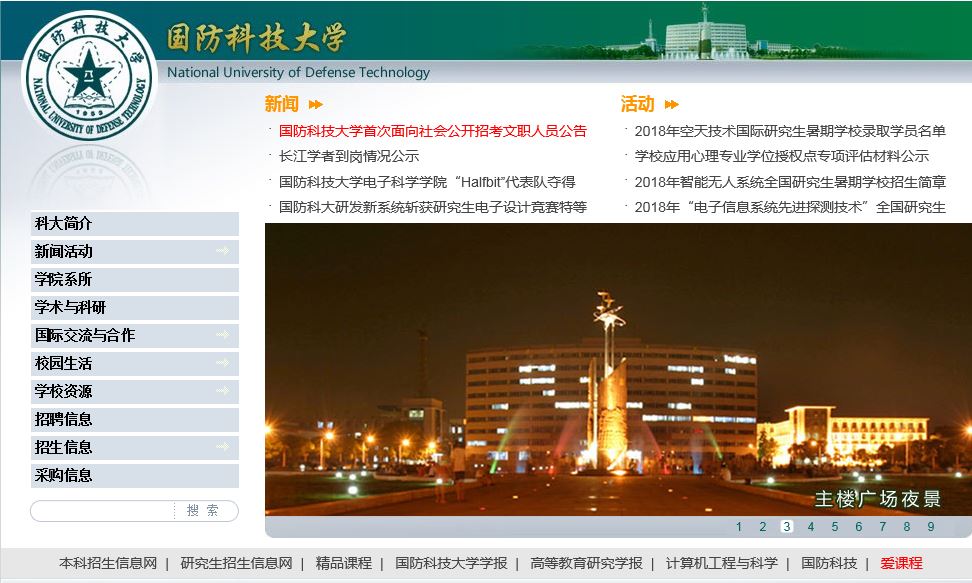 科技大学 National University of Defense Technology
科技大学 National University of Defense Technology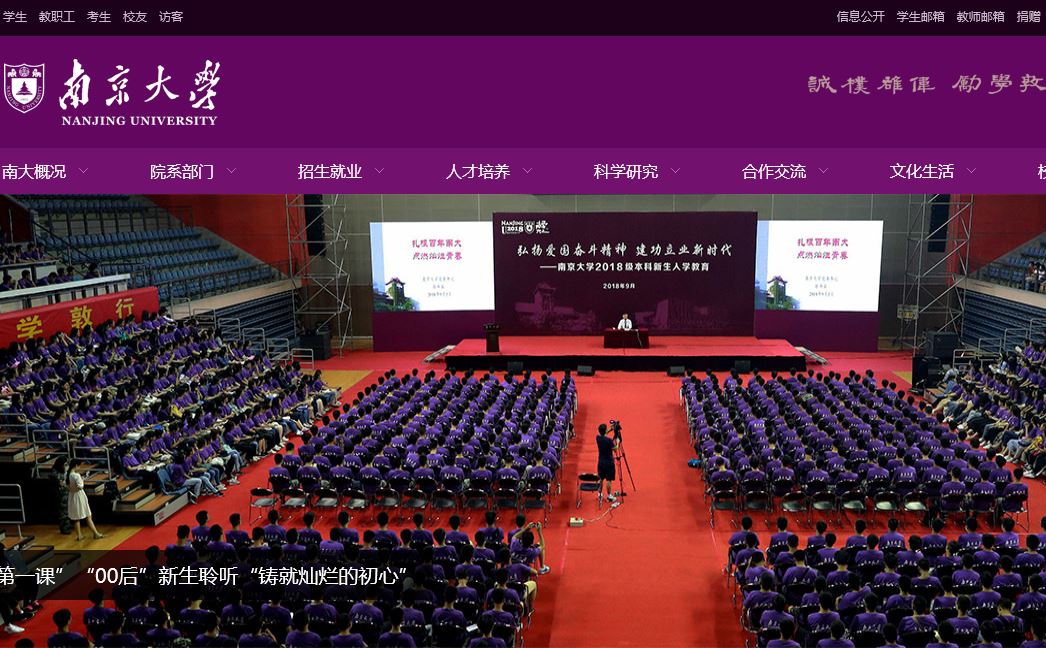 南京大学 Nanjing University
南京大学 Nanjing University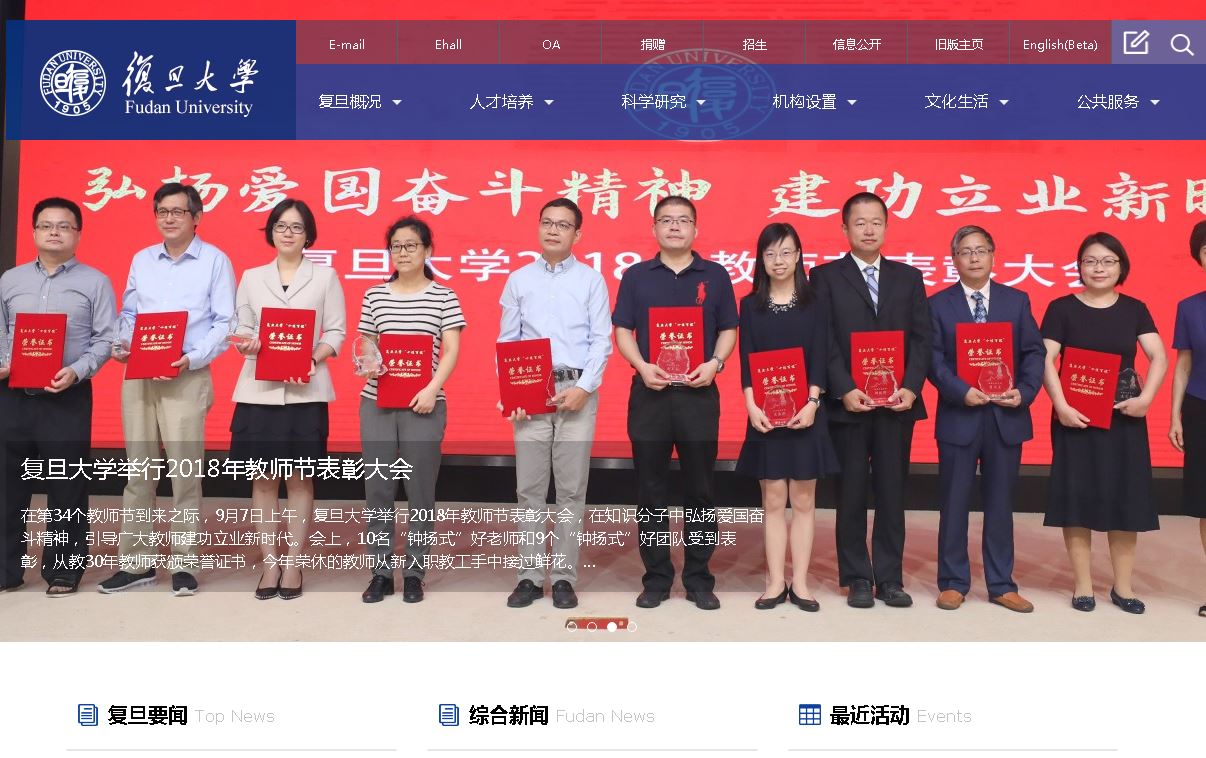 上海复旦大学 Fudan University
上海复旦大学 Fudan University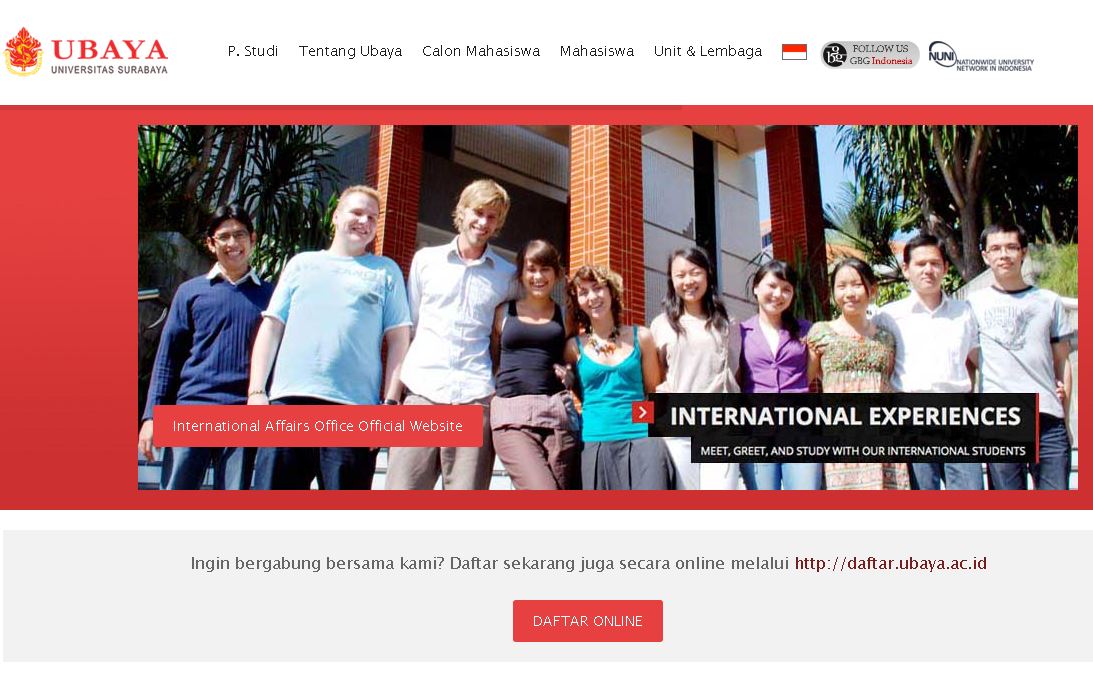 泗水大学(Ubaya)
泗水大学(Ubaya)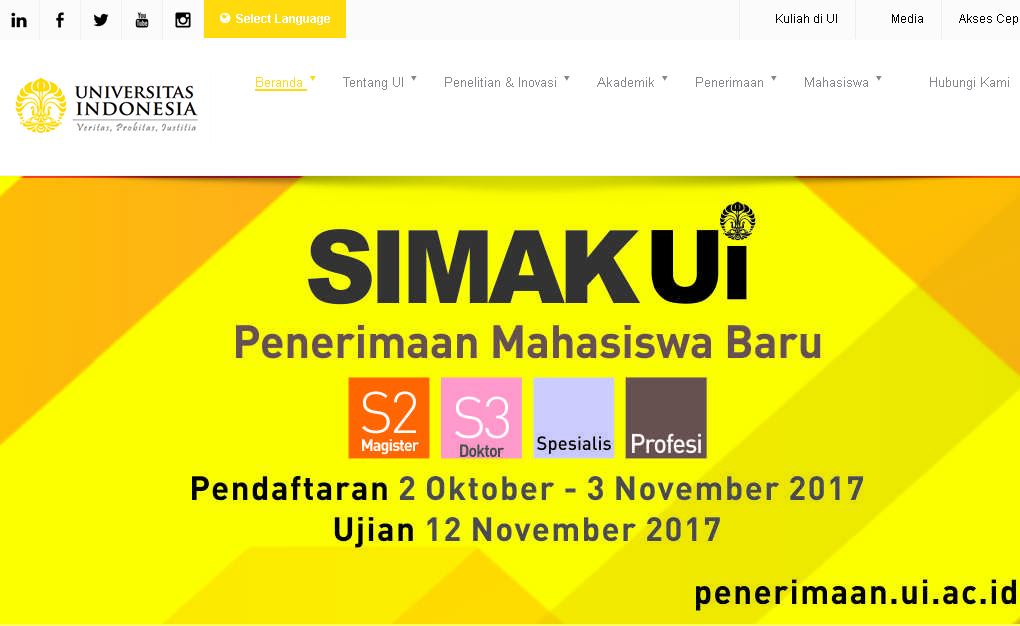 印尼大学 universitas indonesia
印尼大学 universitas indonesia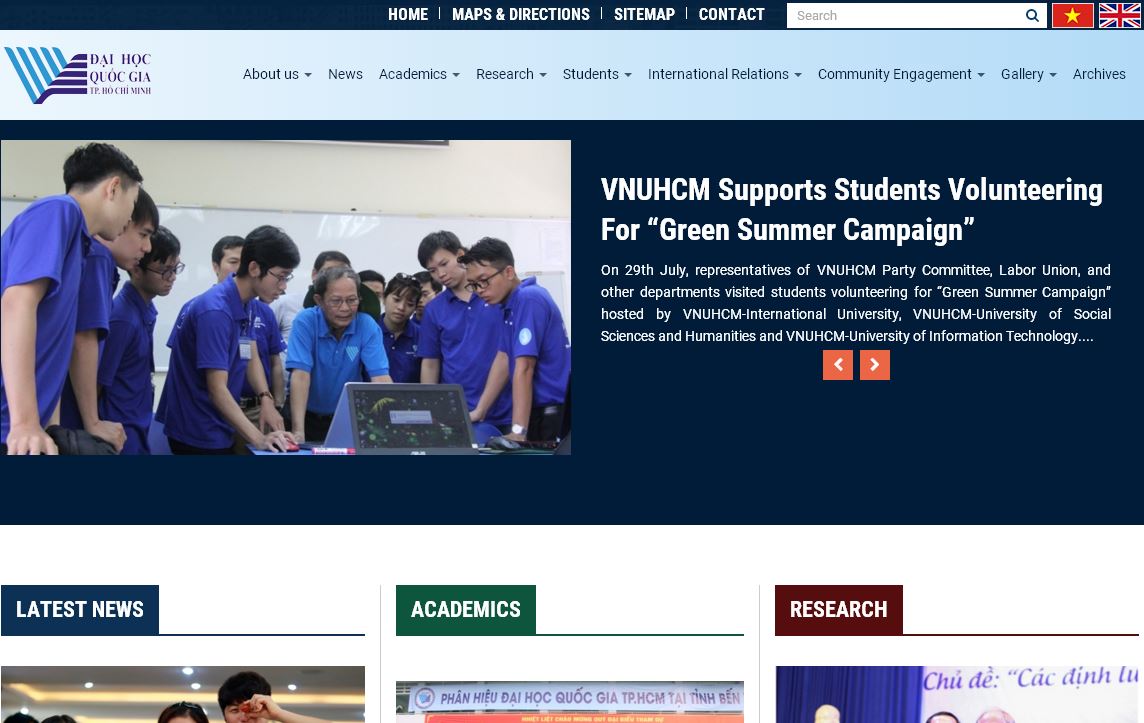 越南某大学 Vietnam National University
越南某大学 Vietnam National University 菲律宾大学 University Of The Philippines
菲律宾大学 University Of The Philippines
when, while, as区别详解
发布时间:2025-01-06
来源:大学网站
when, while, as区别详解一、根据从句动作的持续性来区分1.
“主短从长”型:即主句是一个短暂性的动作,而从句是一个持续性动作,此时三者都可用。
如:Jim hurt his arm while [when, as] he was playing tennis.
吉姆打网球时把手臂扭了。
As [When, While] she was waiting for the train, she became very impatient.
她在等火车时,变得很不耐烦。
注意:as用于引出一个持续性动词表示“在……期间”时,其谓语通常只能是那些含有动作(action)和发展(development)意味的动词,一般不能是那些不用于进行时态的动词(如be, seem, love, want, agree, see, know, have 等),所以下面一句中的while不能换为as:A:I’m going to the post office.
我要去邮局。
B:While you are there, can you get me some stamps?
当你在邮局时,能帮我买几张邮票吗?
2.
“主长从长”型:即主句和从句为两个同时进行的动作或存在的状态,且强调主句动作或状态延续到从句所指的整个时间,此时通常要用while。
如:I always listen to the radio while I’m driving.
我总是一边开车一边听收音机。
He didn’t ask me in; he kept me standing at the door while he read the message.
他没有让我进去,他只顾看那张条子,让我站在门口等着
。
但是,若主句和从句所表示的两个同时进行的动作含有“一边……一边”之意时,则习惯上要用as。
如:He swung his arms as he walked.
他走路时摆动着手臂。
I couldn’t remember a story to tell the children, so I made one up as I went along.
我想不出有什么故事可给孩子讲了,只好现编现讲。
3.
“主长从短”型:即主句是一个持续性动作,而从句是一个短暂性动作,此时可以用as或when,但不能用while。
如:It was raining hard when [as] we arrived.
我们到达时正下着大雨。
When [As] he came in, I was listening to the radio.
他进来时,我在听收音机。
二、根据主句与从句动作是否同时发生来区分1.
若主句与从句表示的是两个同时发生的短暂性动作,含有类似汉语“一……就”的意思,英语一般要用as (也可用when)。
如:The ice cracked as [when] I stepped onto it.
我一踩冰就裂了。
He jumped to his feet as the boss came in.
老板一进来他立刻站了起来。
但是,在hardly [scarcely]…when…句式中,不能将when换成as。
如:Scarcely had we arrived, when it began to rain.
我们刚一到就下起雨来了。
2.
若主句与从句表示的是两个几乎同时发生的短暂性动作,含有类似汉语“刚要……就”“正要……却”的意思,英语一般要用as(也可用when),且此时通常连用副词just。
如:I caught him just when [as] he was leaving the building.
他正要离开大楼的时候,我把他截住了。
Just as [when] the two men were leaving, a message arrived.
就在这两个人要离开的时候,突然有了消息。
【when, while, as区别详解查看网站:[db:时间]】
“主短从长”型:即主句是一个短暂性的动作,而从句是一个持续性动作,此时三者都可用。
如:Jim hurt his arm while [when, as] he was playing tennis.
吉姆打网球时把手臂扭了。
As [When, While] she was waiting for the train, she became very impatient.
她在等火车时,变得很不耐烦。
注意:as用于引出一个持续性动词表示“在……期间”时,其谓语通常只能是那些含有动作(action)和发展(development)意味的动词,一般不能是那些不用于进行时态的动词(如be, seem, love, want, agree, see, know, have 等),所以下面一句中的while不能换为as:A:I’m going to the post office.
我要去邮局。
B:While you are there, can you get me some stamps?
当你在邮局时,能帮我买几张邮票吗?
2.
“主长从长”型:即主句和从句为两个同时进行的动作或存在的状态,且强调主句动作或状态延续到从句所指的整个时间,此时通常要用while。
如:I always listen to the radio while I’m driving.
我总是一边开车一边听收音机。
He didn’t ask me in; he kept me standing at the door while he read the message.
他没有让我进去,他只顾看那张条子,让我站在门口等着
。
但是,若主句和从句所表示的两个同时进行的动作含有“一边……一边”之意时,则习惯上要用as。
如:He swung his arms as he walked.
他走路时摆动着手臂。
I couldn’t remember a story to tell the children, so I made one up as I went along.
我想不出有什么故事可给孩子讲了,只好现编现讲。
3.
“主长从短”型:即主句是一个持续性动作,而从句是一个短暂性动作,此时可以用as或when,但不能用while。
如:It was raining hard when [as] we arrived.
我们到达时正下着大雨。
When [As] he came in, I was listening to the radio.
他进来时,我在听收音机。
二、根据主句与从句动作是否同时发生来区分1.
若主句与从句表示的是两个同时发生的短暂性动作,含有类似汉语“一……就”的意思,英语一般要用as (也可用when)。
如:The ice cracked as [when] I stepped onto it.
我一踩冰就裂了。
He jumped to his feet as the boss came in.
老板一进来他立刻站了起来。
但是,在hardly [scarcely]…when…句式中,不能将when换成as。
如:Scarcely had we arrived, when it began to rain.
我们刚一到就下起雨来了。
2.
若主句与从句表示的是两个几乎同时发生的短暂性动作,含有类似汉语“刚要……就”“正要……却”的意思,英语一般要用as(也可用when),且此时通常连用副词just。
如:I caught him just when [as] he was leaving the building.
他正要离开大楼的时候,我把他截住了。
Just as [when] the two men were leaving, a message arrived.
就在这两个人要离开的时候,突然有了消息。
【when, while, as区别详解查看网站:[db:时间]】
- 上一篇: after 与 behind 用法辨析
- 下一篇: after 与 in 用法的三点区别
相关阅读
目录列表
资讯列表
英语资讯


共0条评论
网友评论温馨提示:您的评论需要经过审核才能显示,请文明发言!